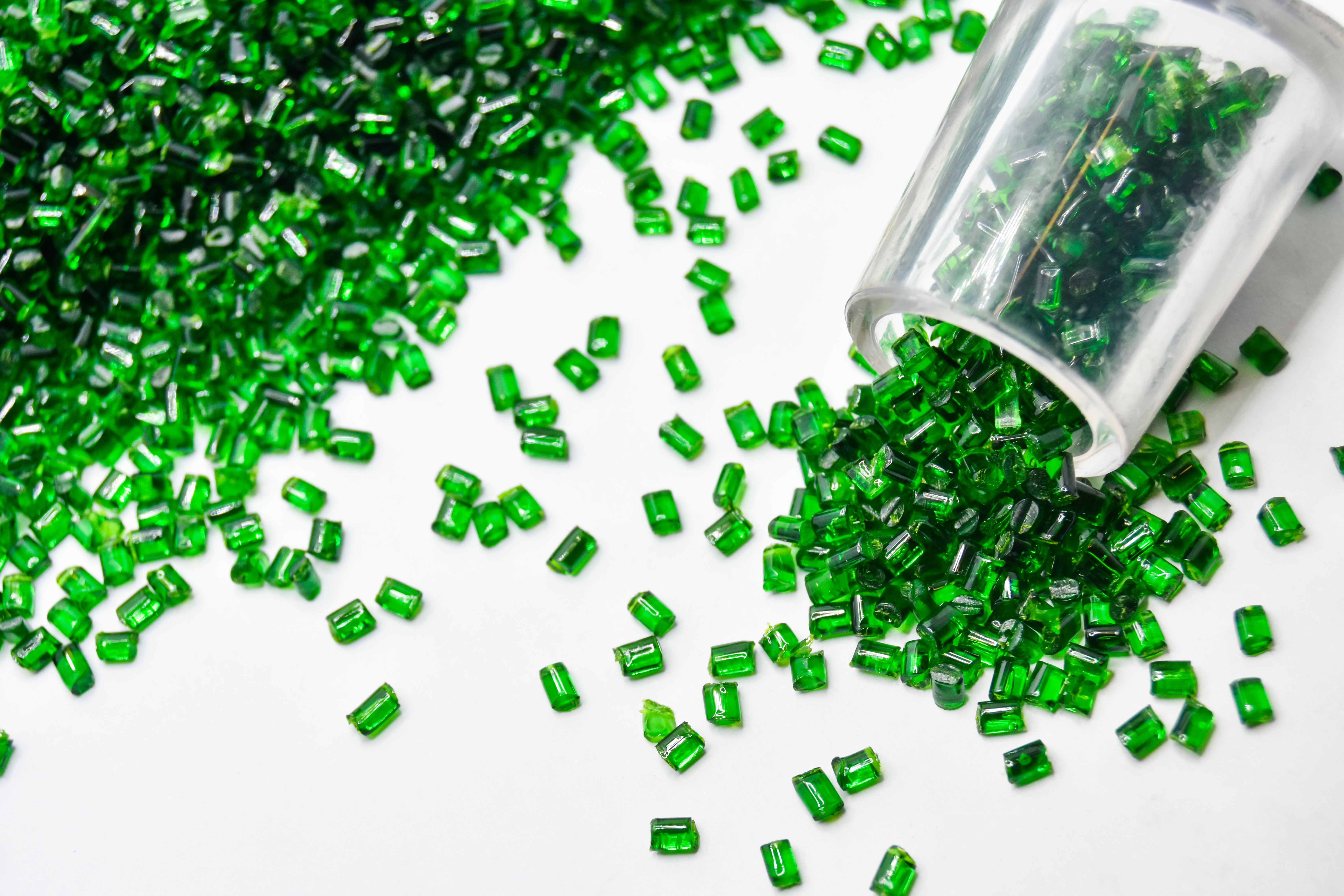thermoplastic compounding
The base polymers used in compounding, such as polyethylene (PE), polypropylene (PP), and polyvinyl chloride (PVC), are mixed with additives like fillers, reinforcements, plasticizers, colorants, and stabilizers. These additives serve to improve mechanical strength, flexibility, color, and resistance to UV light and heat. For instance, fillers like calcium carbonate enhance strength and stiffness, while plasticizers increase flexibility, and stabilizers protect the plastic from degradation.
The compounding process involves several key steps, starting with the precise weighing and mixing of raw materials, followed by melting and blending in an extruder under controlled conditions. The homogeneous mixture is then extruded through a die, cut into pellets, cooled, and packaged. These pellets are ready to be processed into final products through techniques such as injection molding or blow molding. Thermoplastic compounding allows for significant customization and performance enhancement, making it possible to tailor materials for specific, often demanding applications such as automotive parts, electrical insulation, and consumer goods.
Despite its many benefits, the process faces challenges such as ensuring compatibility between various additives and maintaining strict process controls to ensure quality. Additionally, environmental concerns regarding the use of certain additives and the responsible management of plastic waste are driving innovations toward more sustainable compounding practices.

Adhesion agents and compatibilizers are essential in thermoplastic compounding, significantly enhancing polymer compatibility, adhesion, and mechanical properties. These additives ensure a uniform blend by improving the miscibility of diverse polymers and strengthening the bond between polymers and fillers like glass fibers. The result is increased durability, impact resistance, and tensile strength, which are crucial for producing high-quality, reliable plastic products. Additionally, they enhance the processing efficiency and enable the use of recycled and bio-based materials, supporting innovation in sustainable plastic solutions.
maleic anhydrides, adhesion agents & compatibilizers
Zemac™ Polymeric Additives are versatile copolymers used in thermoplastic compounding to enhance the properties of various base polymers. These additives can provide significant benefits in processing, performance, and end-use properties of thermoplastic products. They offer improvements in adhesion, compatibility, processing, and end-use properties of polymers. Their ability to enhance the performance and aesthetics of plastics makes them applicable across various industries, including automotive, packaging, and consumer electronics. ZeMac Additives help boost sustainability by optimizing the properties of recycled and virgin nylon and other engineering plastics during compounding.
- particularly effective at improving the adhesion properties of polymers to various substrates (This is crucial in applications requiring composite materials or multi-layer structures, where different materials need to bond tightly)
- can act as a compatibilizer in polymer blends, especially where there are polar and non-polar polymers (helps in dispersing one polymer into another uniformly, which can otherwise be incompatible, thus improving the mechanical properties and stability of the blend)
- can enhance the melt strength of thermoplastics, which is beneficial during extrusion or blow molding processes
- can improve the surface energy characteristics of polymers, enhancing their ability to be printed on or painted (valuable in automotive and consumer electronics industries, where aesthetics such as surface finish and color are important)
- for applications requiring coatings or adhesives, improves the wettability of the polymer surface, ensuring that coatings or adhesives spread more evenly and adhere better
